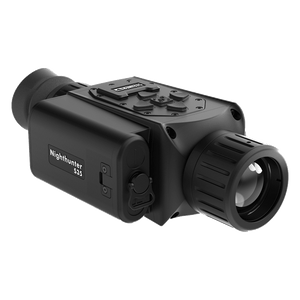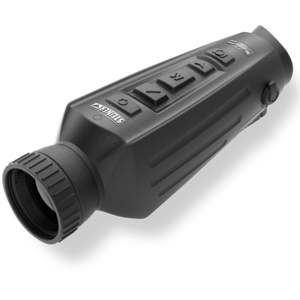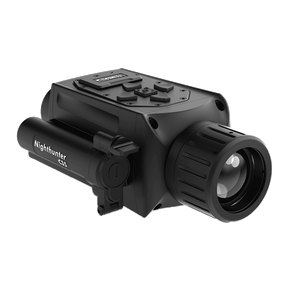Steiner Thermal Imaging Monoculars
If you're looking for reliable thermal imaging gear, Steiner thermal monoculars are built to perform when it counts. Whether you're hunting in total darkness, tracking heat signatures through fog, or surveying land at a distance, these monoculars deliver sharp, clear thermal images with minimal delay. The lineup includes the popular Nighthunter S35, H35, and C35 — each offering a different mix of image quality, range, and size to suit different needs.
All models are designed with rugged, outdoor use in mind. They're waterproof, impact-resistant, and built to handle tough conditions. You’ll find features like fast refresh rates, multiple color palettes, and easy controls that make them simple to use even with gloves on. Some models also let you record video or snap photos.
If you're serious about thermal optics and want gear you can depend on in the field, Steiner delivers. Explore the lineup and find the one that fits your style and budget.





